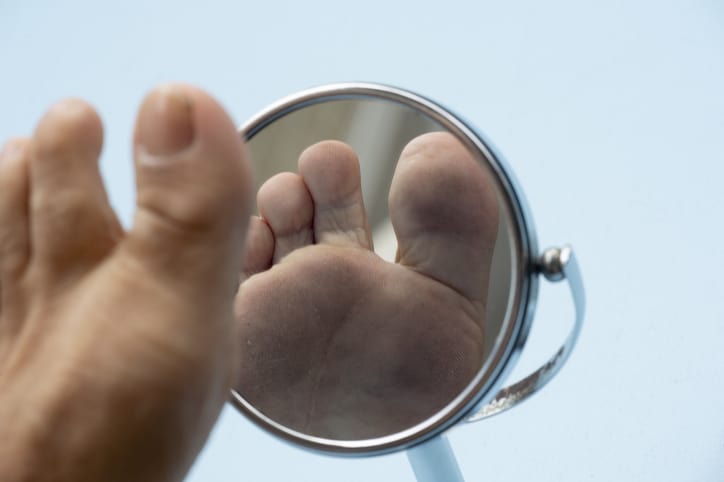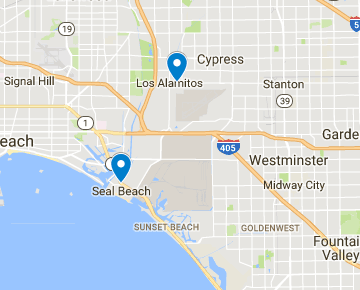A common complication of diabetes are foot ulcers. But with preventive measures and early treatment, you can heal that wound.
Foot ulcers are a common complication of diabetes. According to the American Podiatric Medical Association, roughly 15 percent of people with diabetes will develop a slow-healing wound on the bottom of their foot. Even more alarming, 14 percent to 24 percent of those patients will require an amputation if the ulcer is not treated.
Yet diabetes foot ulcers can be prevented by taking good care of your feet. The sores are also highly treatable if caught early. If you have diabetes, consult a foot care specialist immediately when you notice any symptoms of a foot ulcer. Below, we share everything you need to know about identifying and treating foot ulcers.
Causes and Signs of a Diabetic Foot Ulcer
Diabetes sets off a string of side effects that spur the formation of a foot ulcer, including poor circulation to the foot and neuropathy, or nerve damage that leads to a loss of feeling in the foot. Because people with diabetes may not feel pain due to the neuropathy, they may not detect an ulcer until it has progressed to an advanced stage.
Although diabetes is the leading risk factor, people who have diabetes-related kidney, eye or heart disease stand a greater chance of developing the sore. Obesity, smoking, and alcohol consumption also raise the chance of a foot ulcer if you already have diabetes.
Oftentimes, your first indication of a sore will be a discharge soaking your sock along with skin discoloration and swelling as the ulcer progresses. If infected, the ulcer will give off a foul odor. Later-stage foot ulcers may also exhibit a ring of black tissue around the sore. This indicates that healthy blood flow is not reaching the foot. Without healthy blood flow, the ulcer cannot heal properly and an infection is highly likely.
Prevention and Treatment of Diabetic Foot Ulcers
Elevated glucose levels can inhibit the healing process and lead to infections, so managing your diabetes with medication and diet is critical if you want to avoid a foot ulcer. Other preventative measures range from keeping your feet clean and dry, wearing comfortable shoes that don’t cause friction on the bottom of the foot, and cutting toenails to a proper length. Inspect your feet daily to see any signs of cut that could develop into an ulcer. You’ll want to take pressure off your feet as well by buying shoes specifically designed for people with diabetes. It’s also advisable not to walk barefoot, as that could cause a laceration you may not initially feel that might grow into an ulcer.
Taking pressure off the foot, or “off-loading,” also applies when healing the ulcer. Wearing specialized footwear, braces, or castings help release weight on the foot and support healing. Walking on crutches or using a wheelchair additionally takes pressure off the foot and gives the ulcer time to heal.
Proper wound care is also essential. Dressings containing medications or “skin substitutes” promote healing by maintaining dryness. Your doctor may do a debridement, a procedure to remove dead skin skin and tissue from the wound. If the ulcer becomes infected, or if your doctor wants to prevent an infection, you may be prescribed antibiotics.
Surgery is rarely recommended for foot ulcers and only done if the off-loading and other methods fail to heal the wound. If needed, your doctor will reduce pressure on the foot by trimming the bone or bones, or correcting any foot abnormalities such as hammertoes, bunions, or bony bumps.
With proper and immediate treatment, foot ulcers will heal, although the timeline can be quite lengthy, extending into weeks and months. But by taking precautions and seeking therapy at the earliest signs, your diabetic foot ulcer will soon disappear and you can enjoy pain-free walks once again.
Come See the Foot Specialists
The Alamitos-Seal Beach Podiatry Group has successfully treated hundreds of patients with diabetic foot problems. Our doctors will design a treatment plan to cure your foot ulcer and get you back on your feet again. Contact us today for a consultation.






